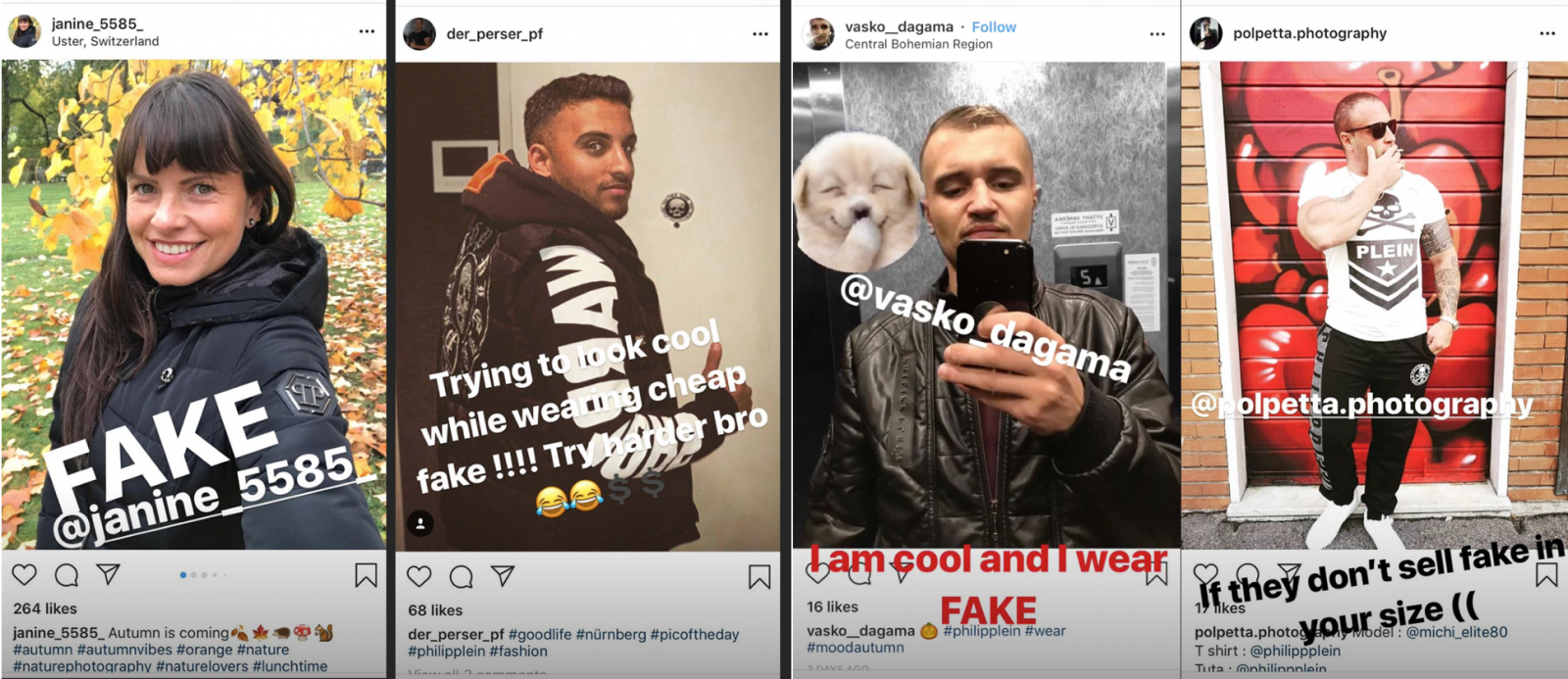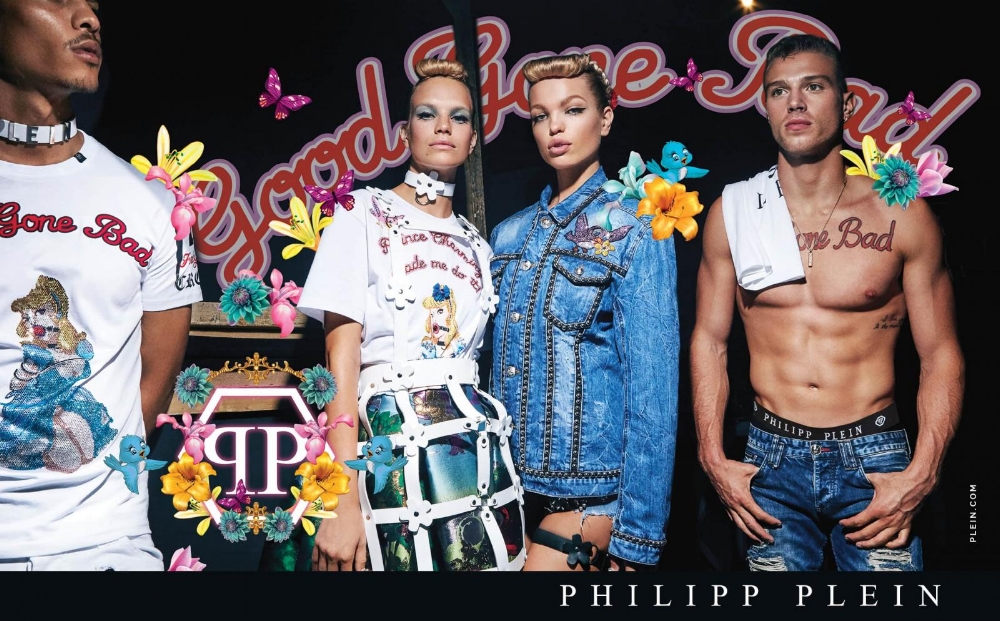“Philipp Plein is coming after you!” That is what the German-born designer revealed this week on Instagram as part of a new campaign aimed at fighting the plethora of copycat wares that have saturated the market. Mr. Plein, who is best known for his flashy garments and larger-than-life runway spectacles, says that the brand’s efforts to address the $450 billion global market for fake fashion have resulted in the seizure of more than 1 million infringing products over the past 12 months.
The nearly 15-year old brand – which boasts a network of brick-and-mortar stores across the globe and counts wealthy Asian and Eastern European consumers as its core demographic – has been busy working with legal counsel and law enforcement to stomp out the wholesale manufacture and sale of goods bearing his brand’s trademark-protected name and logos. In the process, the brand has seized no small number of Philipp Plein-branded garments, hang tags, and even hologram-emblazoned tags, the latter of which are meant to serve as a distinguisher between real and counterfeit goods.
Such enforcement efforts are customary among brands since trademarks are significant assets for brands, and it is a trademark holder’s responsibility – exclusively – to police the market for unauthorized uses of its marks to address infringement and therefore, avoid genericization in order to maintain valid trademark rights.
However, beyond these traditional measures for combatting counterfeiting – which is a particularly egregious form of infringement in which a trademark that is “identical with, or substantially indistinguishable from” a genuine registered trademark is used on the same class (or classes) of goods and/or services as the registered mark) – Plein, himself, is taking things a step further.
As of this week, the designer began using his personal Instagram account – which boasts a following of 1.4 million – to make use of some interesting (and very questionable) new tactics. In particular, Plein is naming and shaming individual counterfeit buyers. For instance, in one post on his account, Plein includes a screenshot of another Instagram user’s image, tags the individual, and writes, “Trying to look cool while wearing cheap fake !!!! Try harder bro.” In another, he states, “When you are too fat to fit in the fake cloth you bought,” and again, tags the Instagram user purportedly wearing fake Philipp Plein garments. Such posts join dozens of others, all consisting of users’ screenshots and specifically tagging the individuals.
Plein noted in an introductory post on Friday, “This message goes out to all the CLOWNS who sell, produce or buy fakes!!!! Buying, selling and producing fake is a SERIOUS CRIME!!!! You are betraying and stealing from all the people who work for the original brands!!!!!”

While Plein is correct in stating that the manufacture and sale of counterfeit goods is, in fact, an actionable criminal offense in Germany, where is brand is based, and beyond, his targeting of individual consumer purchasers of counterfeits is questionable. Much like in the U.S., where it is not illegal to purchase counterfeit goods (only to manufacture and sell them), purchasing and importing counterfeit goods as a consumer “is not punishable under national criminal law,” according to the Center for Consumer Protection in Europe.
(It is worth noting that there are not any common European Union regulations that prohibit consumers from buying or using counterfeits; as such, the legality (or lack thereof) of consumer purchase and ownership of counterfeits varies by country).
Also problematic is the fact that at least some of the individuals that Plein is very clearly targeting may not be aware of the fact that the garments and accessories they purchased are fake. With that in mind, the brash tactics being employed by Plein – who was sued early this year for trademark infringement for making use of a logo very similar to Puma’s famous jumping cat trademark and before that, called out for taking a bit too much inspiration from one of Alexander Wang’s collections – set him and his brand up for an ugly PR nightmare in addition to the very real risk of alienating his consumer base.
When creating a strategy of how to allocate resources to fight fakes, Sandra Müller and Thorsten Wieland, intellectual property counsels at the Frankfurt office of Heuking Kühn Lüer Wojtek, say that brands benefit from “a multi-step approach, which combines market monitoring measures, cooperation with Customs and other authorities, use of information available on online platforms and from internet service providers and – where necessary – warning letters and initiation of court action.”
Not on the list of suggested approaches? Targeting individual consumers.











